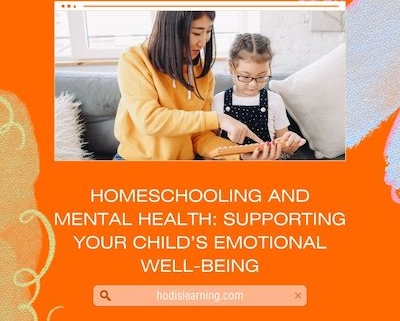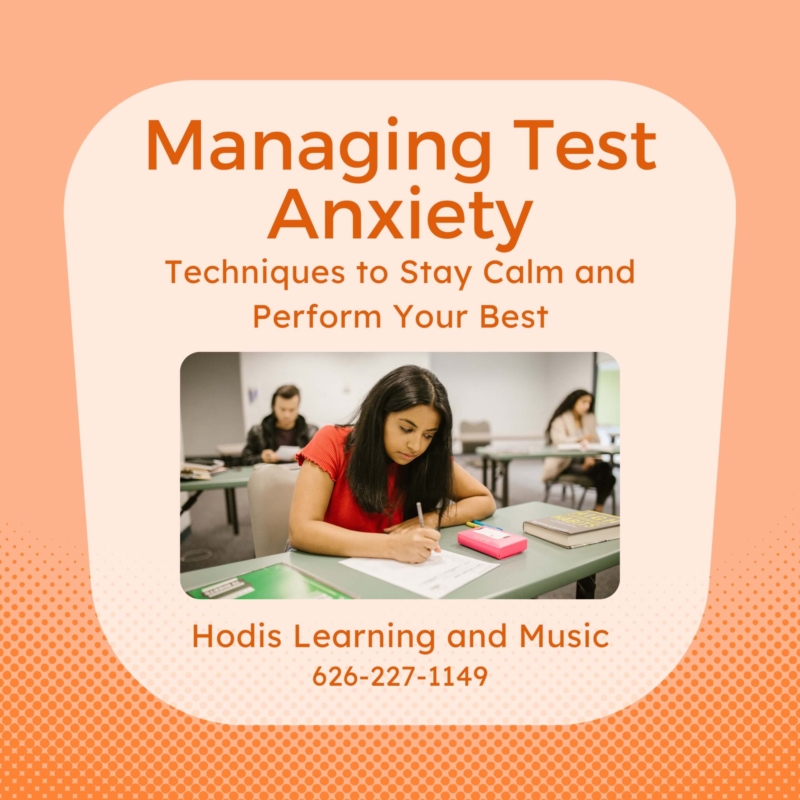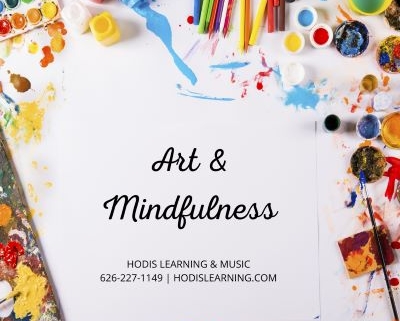Homeschooling offers a unique opportunity to closely monitor and support your child’s emotional and mental health. The individualized learning environment can foster a strong sense of self, confidence, and academic success. However, it also comes with unique challenges that can affect a child’s emotional well-being. As a parent or guardian, understanding how to navigate these challenges is crucial. Here, we explore strategies to ensure that your homeschool environment supports your child’s emotional development.
Create a Supportive Learning Environment
A supportive homeschool environment is key to nurturing your child’s mental health. This means creating a space that is not only conducive to learning but also warm and inviting. Personalize the learning area with your child’s input, allowing them to add elements that make them feel comfortable and relaxed. Additionally, a structured routine without being overly rigid can help reduce anxiety and stress by providing a predictable and secure framework for the day.
Incorporate Social Interaction
Social skills are critical for emotional development and mental health. Homeschooling parents can foster these skills by arranging regular social interactions. This might include participating in local homeschool co-ops, sports teams, or special interest clubs like robotics or drama. Social interaction should also extend to different age groups, helping homeschooled children become more adaptable and empathetic in diverse social settings.
Promote Physical Activity
Physical health is deeply connected to mental health. Regular aerobic exercise is vital for reducing anxiety and depression and improving mood and self-esteem. Incorporate physical education into your homeschool routine, whether it’s structured sports, dance lessons, or simply playing outside. The goal is to keep your child active and engaged.
Teach Mindfulness and Stress Management
Mindfulness and stress management are valuable skills for managing emotional well-being. Teach your child simple mindfulness exercises like deep breathing or meditation. These techniques can help them handle stress more effectively and develop a greater awareness of their emotional states. Also, consider integrating these practices into your daily routine, perhaps starting the day with a short meditation session to set a calm, focused tone.
Regular Check-ins
Make it a habit to check in regularly with your child about their feelings and experiences. These check-ins can be informal, like during mealtimes, or structured as part of your weekly schedule. The key is to listen actively and empathetically, validating their feelings and providing support or advice when needed.
Seek Professional Help When Necessary
Despite a parent’s best efforts, sometimes professional help may be needed. Be open to seeking support from a mental health professional if your child exhibits persistent signs of depression, anxiety, or other emotional issues. Early intervention is crucial in addressing mental health challenges effectively.
Final Thoughts
Supporting your child’s mental health in a homeschool setting requires awareness, proactive strategies, and sometimes professional guidance. By creating a supportive environment, ensuring social interaction, promoting physical health, and teaching mindfulness, you can help manage the stresses that come with homeschooling. Remember, the goal is not only to educate your child academically but also to nurture a well-rounded, emotionally resilient individual. To learn more about homeschooling with Hodis Learning & Music, call or email us today.





